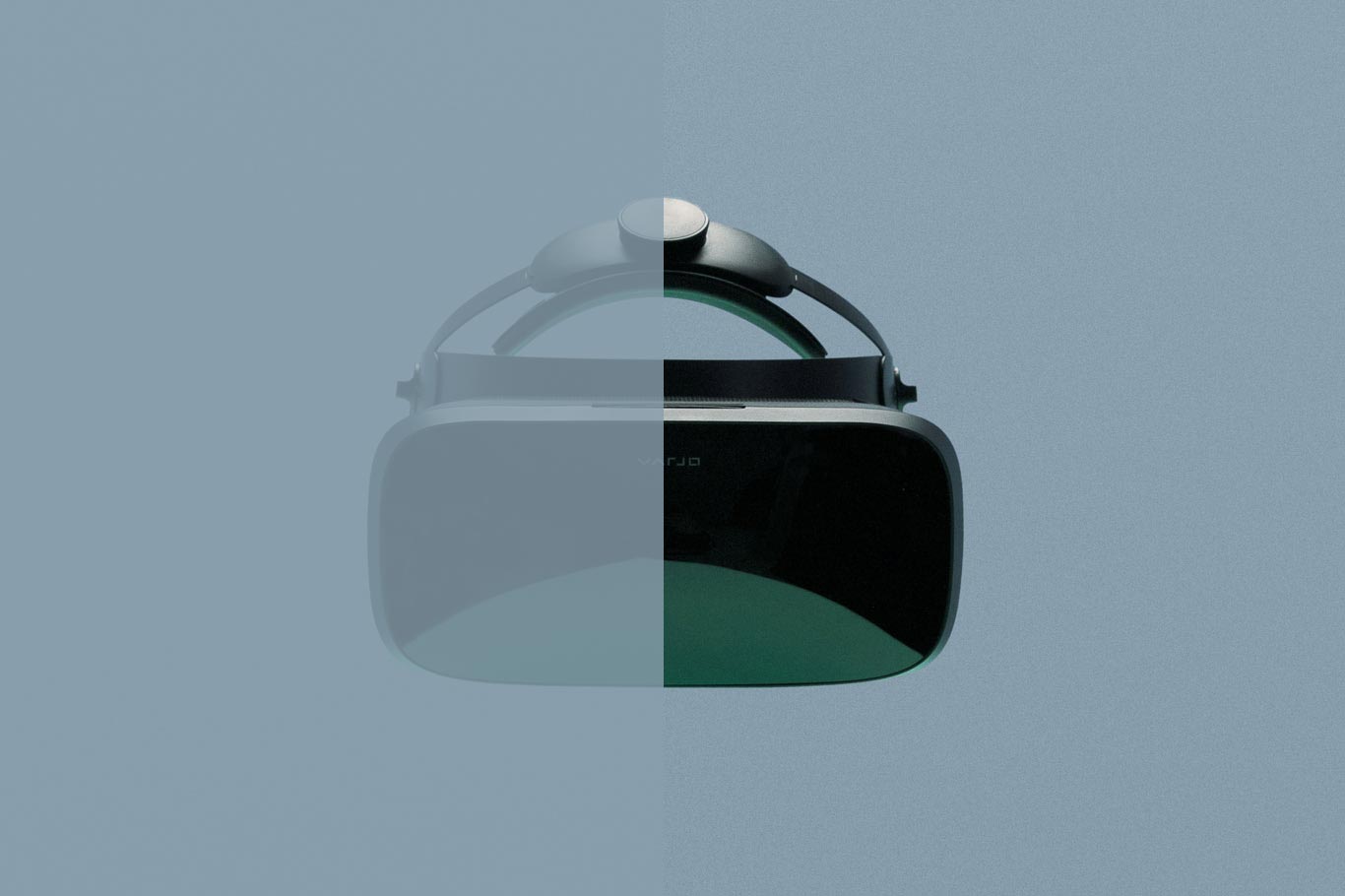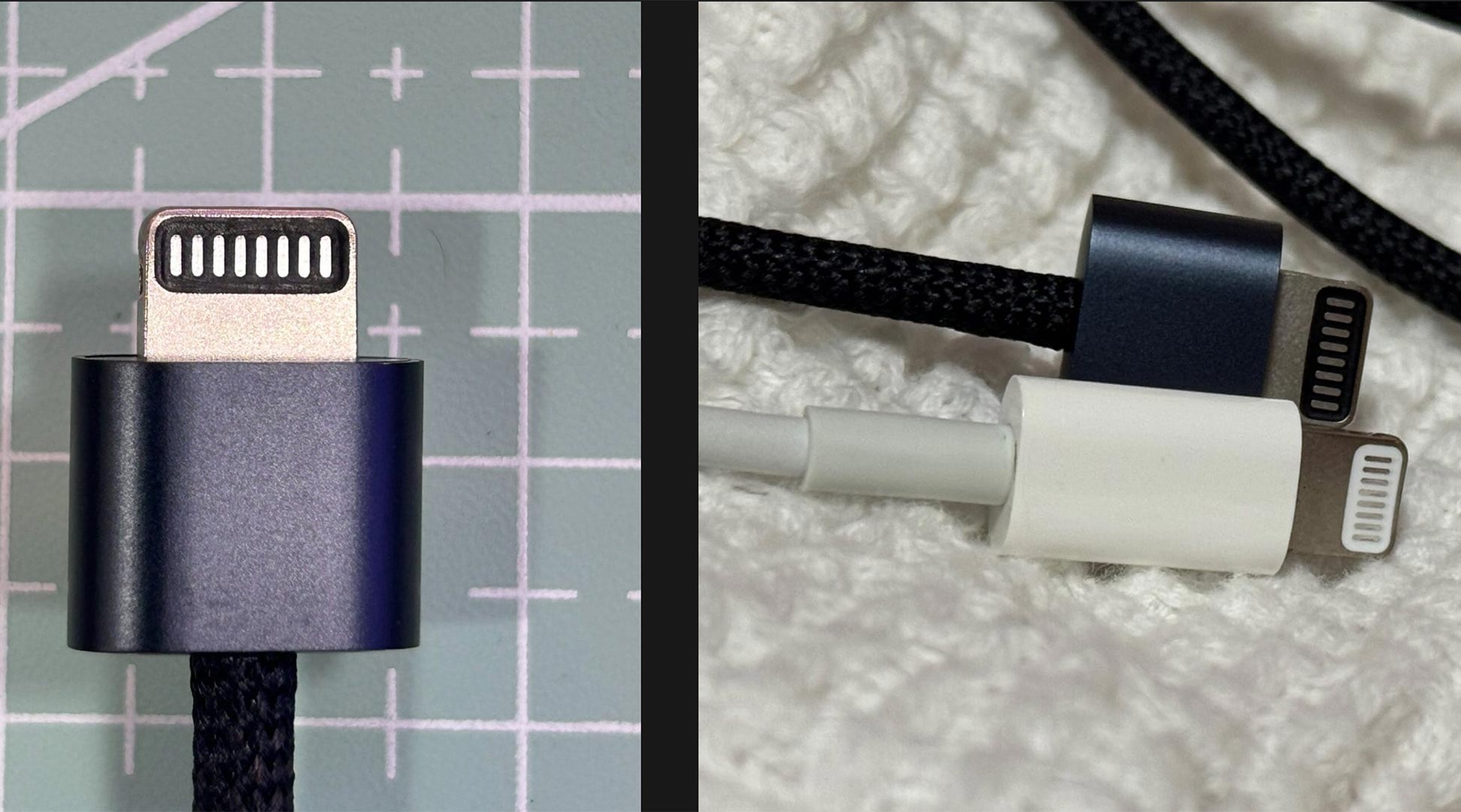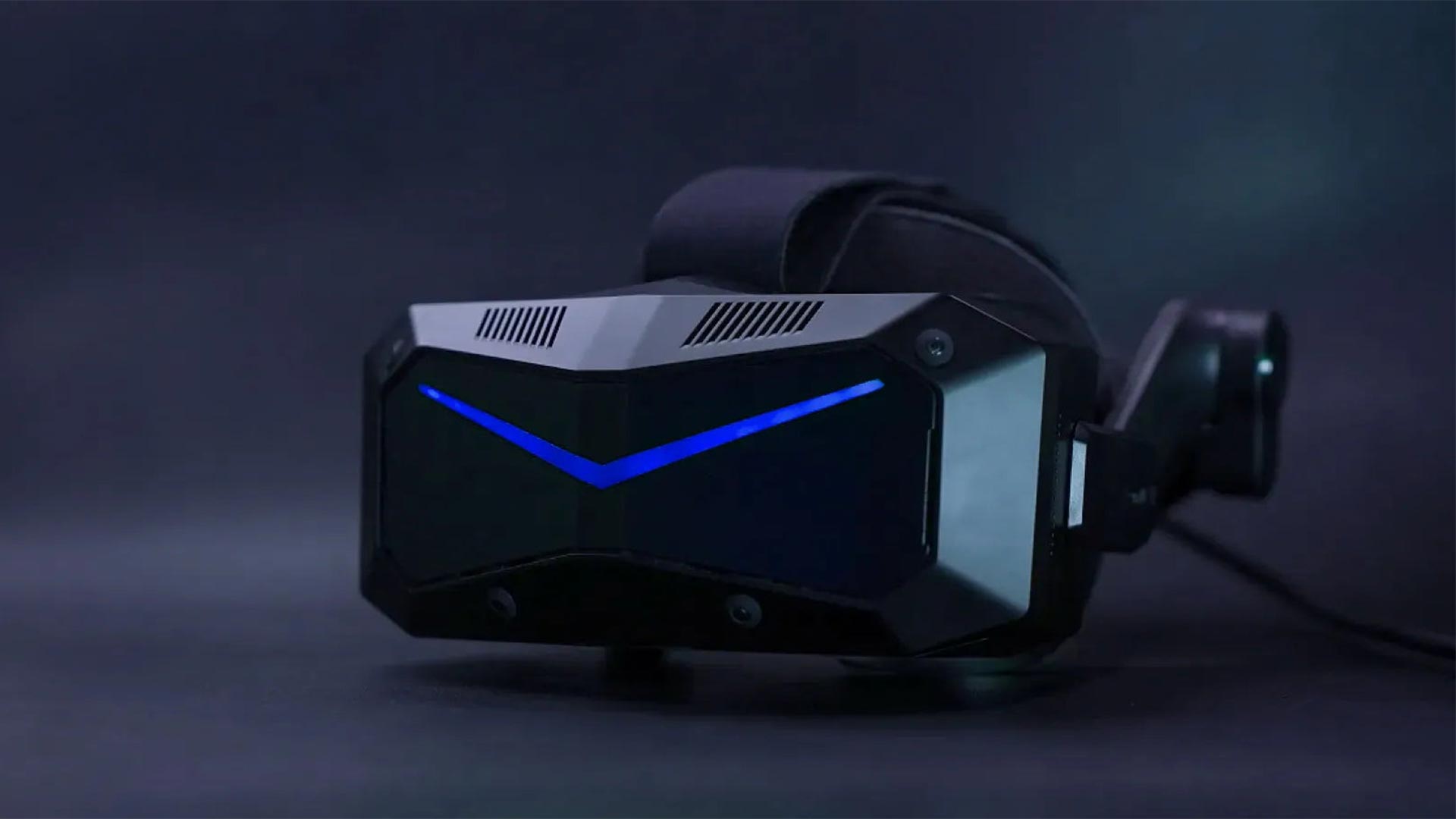Varjo cuts in half the price of Aero!
I’m writing this article to give you all a heads-up about a good thing that happened today. In one of those many webinars that Varjo organizes, the Finnish company has revealed that it is going to slash the price of the Aero… by a 50% factor!
Varjo Aero at $990/€990

Varjo has announced that the new price of the Varjo Aero will be $990/€990, down -50% from the previous original price. The price cut is permanent, meaning that it is not a timed offer, but this is the new price of the device.
The company claims to have done that to listen to the needs of its community, which was asking for lower prices, and wants to promote the $990 Varjo Aero as a marriage of quality with accessibility.
The reason for the price change
Apart from the official statements from the company, let me speculate a bit about what could be the reasons for this price slash:
- Varjo listened to its community. I believe this claim by Varjo: its community liked the devices, but found them very expensive, so was asking for cheaper prices. Until now all people who bought a Varjo headset had a scar on the left flank because they had to sell a kidney to buy a headset. This was creating some discomfort in the community, so Varjo decided to lower the price to make more people buy a Varjo Aero without selling parts of their body
- Varjo wants to get closer to the mainstream. Varjo started as a company offering ultra-expensive headsets for high-end enterprises, but it never hid the fact that it wanted to cater to a broader sector of the market. The Varjo Aero has been the first step in this sense, and this price slash is the second one. It is the first time that a Varjo headset costs less than $1000 and this shows how the company wants to get close to a more mainstream market.
- Competition is ramping up. Bigscreen Beyond is getting all the attention in the PCVR market and it costs $1000. It’s hard for PCVR headsets to compete at higher prices unless they offer many more features. The 2-year-old Varjo Aero had to lower the price if it still wanted to get the attention of PCVR enthusiasts.
- Maybe a new headset is coming. I have no idea about Varjo’s plans, but usually, a big price reduction of a headset means that a new headset is coming soon-ish. So I would bet on a new Varjo headset coming in the next 12 months
- We’re getting closer to Christmas, and since Santa Claus is Finnish, in this period all Finns feel romantic, so maybe also Varjo people wanted to do something good and make a gift to the community.
Should you buy it?

Well, this is up to you. But I can help you with the decision by brainstorming a bit with you. First of all, let’s have a look at the specifications:
Varjo Aero Specifications
- Displays: Dual Mini LED LCD; 2880 x 2720 px per eye
- Refresh rate: 90 Hz
- Optics: Custom-made variable resolution aspheric lenses with 35 PPD peak fidelity
- Field of View: Horizontal: 115°, Diagonal: 134° at 12 mm eye relief
- Interpupillary Distance: Automatic IPD adjustment with motor, Supported IPD range: 57–73 mm
- Audio: 3.5 mm audio jack, In-ear headphones with mic in-box
- Weight: 487 g + headband 230 g (including counterweight)
- Dimensions: Width 200 mm, height 170 mm, length 300 mm
- Connectivity:
- Headset adapter and USB-C cable (5-metre) in-box
- PC connections: DisplayPort and USB-A 3.0
- Positional Tracking: SteamVR™ 2.0/1.0
- Eye Tracking: 200 Hz with sub-degree accuracy; 1-dot calibration for foveated rendering
- Comfort & Wearability:
- 3-point precision fit headband
- Replaceable, easy-to-clean polyurethane face cushions
- Active cooling
Analysis
As I’ve said, we are talking about a headset that is 2 years old, and this is visible by its weight: the headset alone is around 500g, while a new-generation headset like BigScreen Beyond is at 130g. If comfort is a primary factor for you, maybe Aero is not what you are looking for.
This is also a headset relying on SteamVR tracking, which is both a pro (very accurate tracking) and a con (you have to set up your room to use VR). It is also a tethered headset, and I know some people among you are allergic to tethers, now.
Another con of the Aero is that it lacks off-the-ear speakers a la Valve Index, but relies on a 3.5mm audio jack and in-ear headphones. This has been one of the things I’ve criticized the most since its launch.
On the plus side, we have an impressive resolution: at 2880 x 2720 per eye, it is much more than the 1440 x 1600 pixels of the Valve Index and still more than the 2560 x 2560 of the Bigscreen Beyond. The FOV is also quite good, at 115° horizontal. Because of the high resolution, many of the initial reviews of the Aero highlighted how it is a great headset for simulation and racing games.

The other cool feature is eye-tracking, which is slowly spreading in VR but is not widespread yet. A PCVR headset featuring eye tracking for $990 can still be an interesting option for those who want to play around with this technology. Eye tracking also means foveated rendering, so a very high-quality rendering of the gaming graphics in the region you are looking at, without making your computer melt.
Where to buy
If the Varjo Aero sounds like what you were looking for from the above description, you can head to the official website www.varjo.com/aero, and buy one at the new price of $990. For every person that buys a device, I get… nothing. But you get the device, and this is cool 🙂
(Header image created using an original image by Varjo)
Disclaimer: this blog contains advertisement and affiliate links to sustain itself. If you click on an affiliate link, I'll be very happy because I'll earn a small commission on your purchase. You can find my boring full disclosure here.



